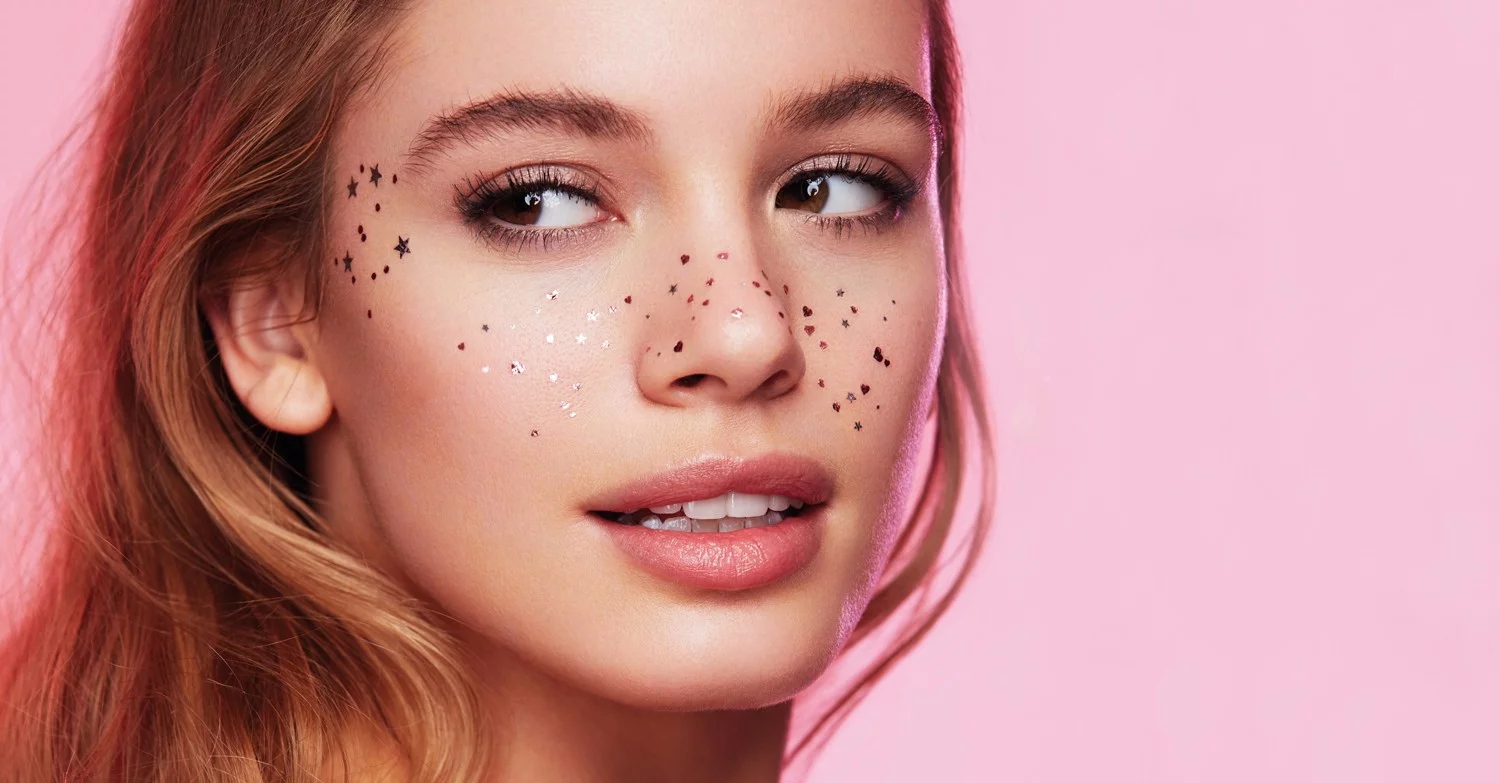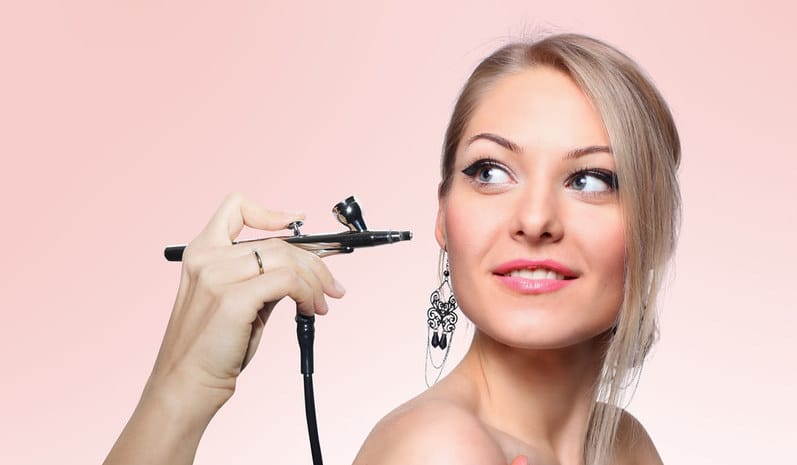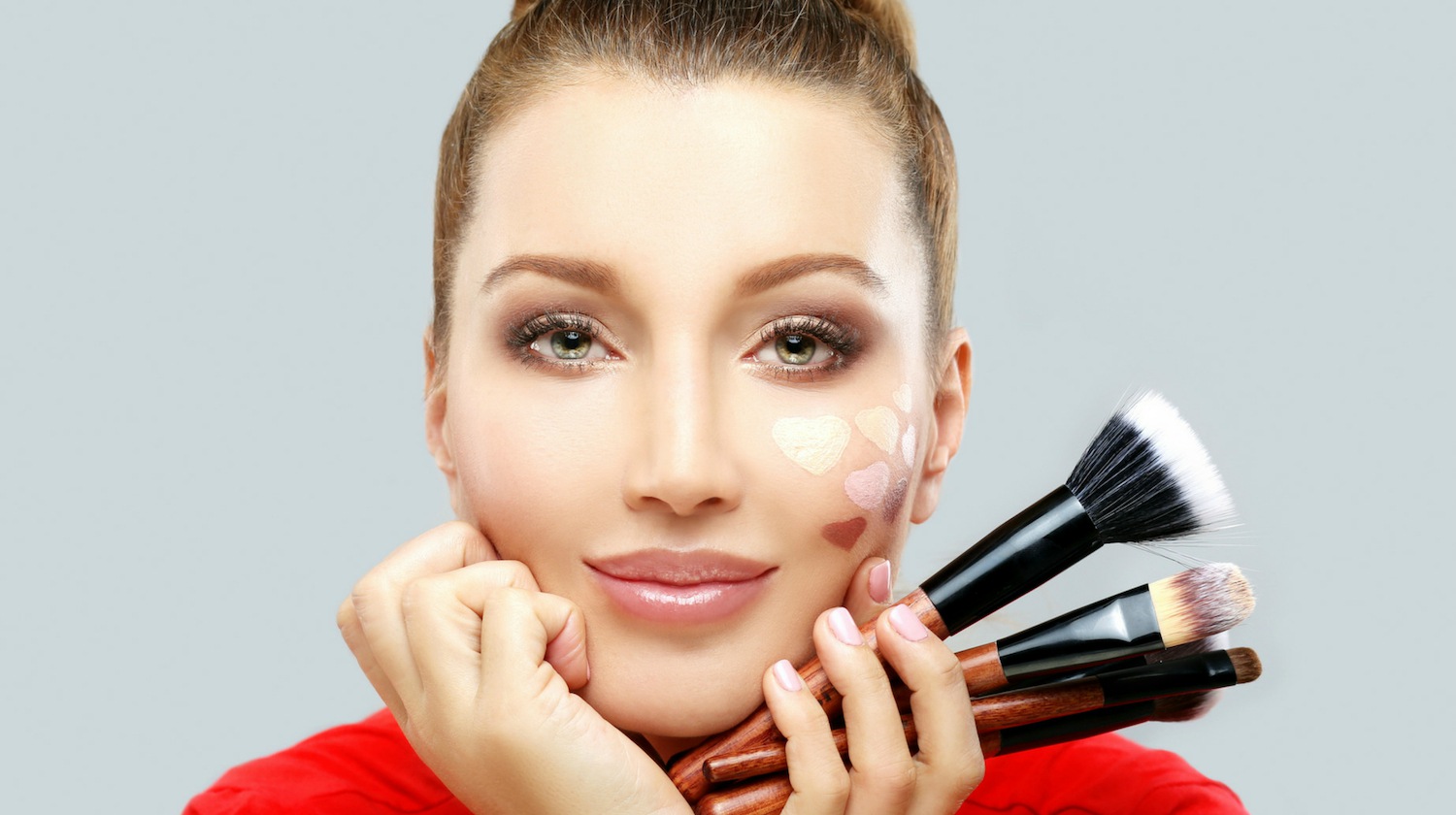
Whether you’re looking to save time and money or simply prefer the convenience of a DIY approach, cutting your own hair at home is a practical skill to have. While leaving major hair transformations to professional stylists is advisable, trimming your hair or giving yourself a simple haircut can be achieved with the right tools and techniques. In this comprehensive guide, we will walk you through step-by-step instructions on how to cut your own hair, along with helpful tips to ensure a successful and satisfying outcome.
Gather the Right Tools:
Before you start cutting your hair, gather the necessary tools to ensure a smooth process. You will need:
Sharp haircutting scissors: Invest in a good pair of professional scissors designed for hair cutting. Using regular scissors can lead to uneven cuts and split ends.
Hair clips or elastics: These will help you section your hair for easier cutting.
Comb: A fine-toothed comb will assist in detangling and parting your hair.
Mirror: A large, handheld mirror and a stationary mirror will allow you to see your hair from different angles during the cutting process.
Spray bottle with water: Mist your hair with water to dampen it slightly before cutting. This makes the hair more manageable and prevents excessive flyaways.
Decide on the Haircut:
Decide on the type of haircut you want before you begin. For simple trims or maintaining your current hairstyle, follow your previous cut as a reference. If you plan to make significant changes to your hair, it’s best to seek guidance from a professional stylist to avoid potential mishaps.

Start with Clean, Dry Hair:
Cutting your hair when it’s clean and dry ensures more accurate results. Wash and dry your hair thoroughly before starting the haircutting process.
Section Your Hair:
Divide your hair into manageable sections using hair clips or elastics. Start by parting your hair down the center and then create additional sections horizontally. Pin each section securely to keep the hair you’re not cutting out of the way.
Trim the Ends:
For a simple trim, work with one section at a time. Take a small subsection of hair and comb it straight down. Hold the hair between your fingers and trim the ends evenly, following your desired length. Make small, cautious cuts to avoid removing too much hair at once.
Create Layers (Optional):
If you desire layers, you can achieve them at home with careful technique. To create face-framing layers, take a section of hair from the front and hold it at a 45-degree angle away from your face. Trim the hair diagonally, working from the shortest point to the longest point. Repeat this process on both sides of your face for balanced layers.
Check for Evenness:
After cutting each section, release the hair and check for evenness and balance. Use your mirror to view your hair from different angles, making any necessary adjustments to ensure a uniform cut.
Tackle Bangs (Optional):
If you have bangs, trim them carefully by combing them straight down over your forehead. Hold the scissors vertically and make small, gentle cuts to the desired length. Remember that it’s better to start with longer bangs and trim gradually than to cut them too short.
Texturize (Optional):
For added texture and movement, you can use a technique called point cutting. Hold your scissors vertically and make small, upward cuts into the ends of your hair. This technique softens the edges and reduces the appearance of blunt cuts.
Embrace Imperfections:
It’s essential to remember that cutting your own hair may not result in a perfect salon finish, and that’s okay. Embrace minor imperfections and understand that hair grows back. If you’re sure about making significant changes to your hairstyle, it’s always wise to consult a professional stylist.
Cutting your own hair at home can be a rewarding experience when done carefully and with the right tools. Simple trims and maintenance cuts are achievable with practice and attention to detail. Remember to start small and avoid drastic changes until you feel more confident. However, for complex haircuts or significant changes in style, seeking professional help is recommended to ensure the best results. With patience and a bit of courage, you can master the art of DIY haircuts, saving time and money while maintaining your hair’s health and style.








